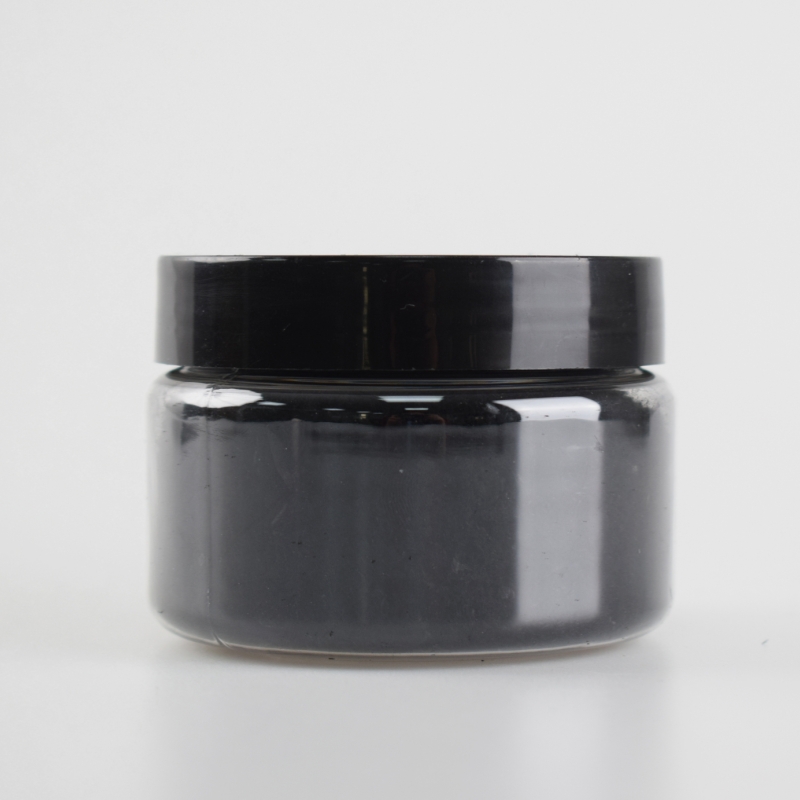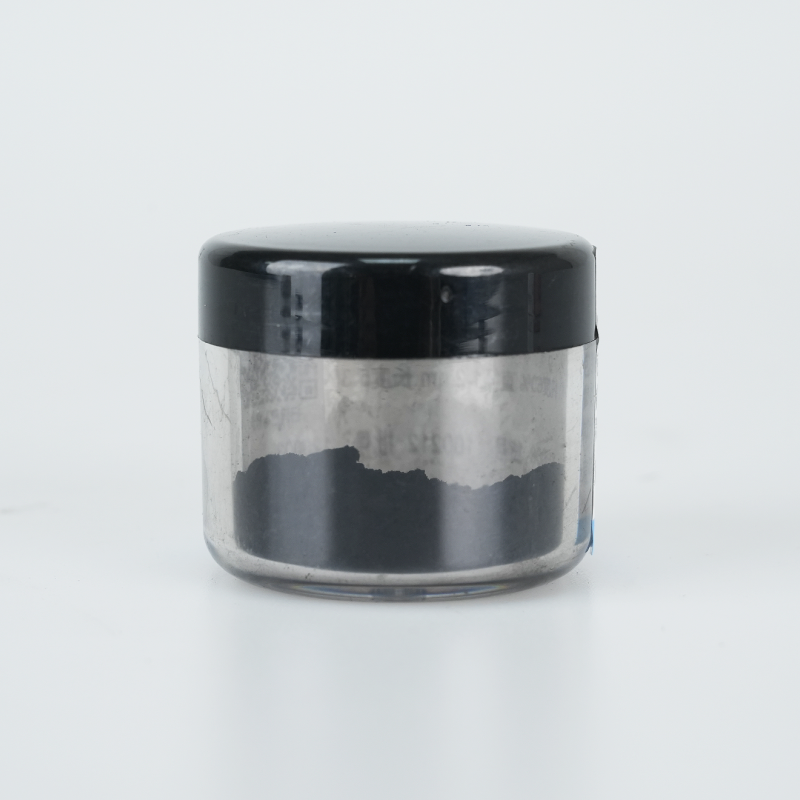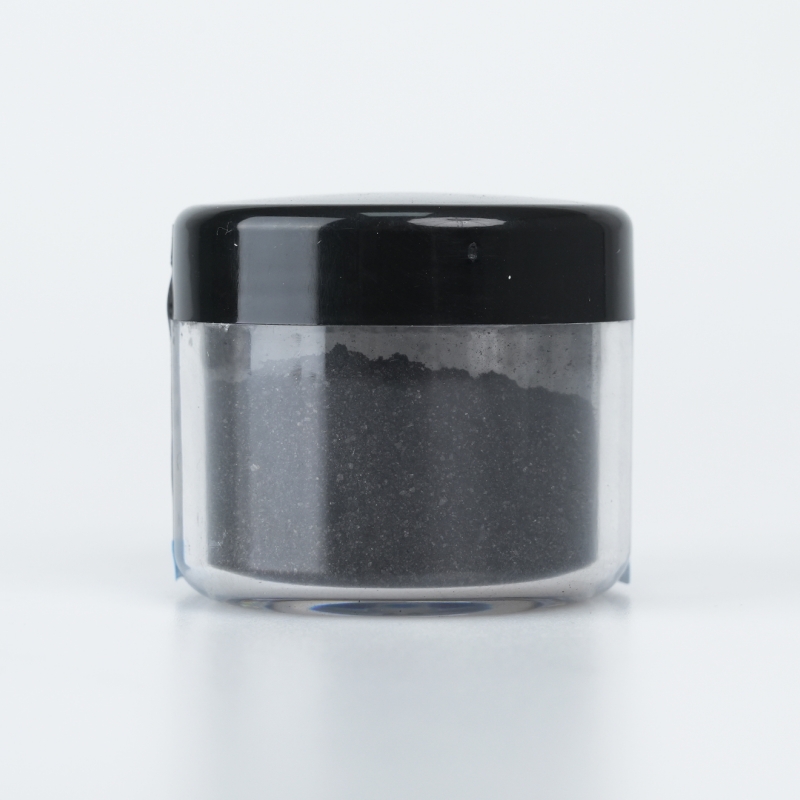Graphitic carbon nitride (g-C₃N₄) provides optimized photocatalytic activity, superior thermal stability, and enhanced surface properties. Designed for environmental remediation and energy conversion applications, it ensures efficient light absorption, extended durability, and high adaptability.
Product Overview
Graphitic Carbon Nitride (g-C₃N₄) is a novel two-dimensional material composed of carbon and nitrogen atoms, with a crystal structure similar to graphite, but possessing superior stability and excellent physicochemical properties. As one of the most stable allotropes of carbon nitride, g-C₃N₄ exhibits ultra-high strength and chemical inertness, compensating for the heat stability limitations of diamond. Its unique sp² hybridization, strong covalent bonds, and benzene-ring-like conjugated system grant it excellent stability. This material is typically synthesized via a simple thermal polymerization process, which is easy to control and scalable. Due to its two-dimensional structure, g-C₃N₄ has broad potential applications in photocatalysis, battery technologies, and other fields.
Key Features
- Electrical Properties:g-C₃N₄ shows excellent electrical properties, where its conductivity can be controlled by adjusting the electron or hole concentration, making it suitable for semiconductor applications.
- Optical Properties:It has an optimal bandgap (Eg = 2.7 - 2.8 eV), offering better visible light absorption compared to most metal oxide materials.
- Thermal Properties:g-C₃N₄ has high thermal stability, maintaining good performance even at elevated temperatures.
- Catalytic Properties:With outstanding photocatalytic ability, it is ideal for reactions such as water splitting for hydrogen production, CO₂ reduction, and the degradation of harmful gases and organic pollutants.
- Reactivity:In the battery field, g-C₃N₄ can be modified or combined with other materials to enhance battery performance and stability.
Applications
- Supercapacitors:It can be used as an electrode material, leveraging its electrical properties and stability to provide efficient energy storage and release.
- Lithium-Ion Batteries:When combined with other materials, g-C₃N₄ can enhance the capacity and cycling stability of lithium-ion batteries.
- Photocatalysts:g-C₃N₄ has wide applications in environmental purification and energy conversion, particularly for photocatalytic degradation of organic pollutants and water treatment.
| Parameter | Value |
| Appearance | Light yellow powder |
| Purity | 99% |
| Size | 0.1-10 μm |
Submit Your RequirementsWe will contact you within 24 hours.
 WOBO Scientific Research New Materials One-Stop Service Platform
WOBO Scientific Research New Materials One-Stop Service Platform











